We Found Out the Laws in the Old Hollywood Studios and What Fame Cost the Stars
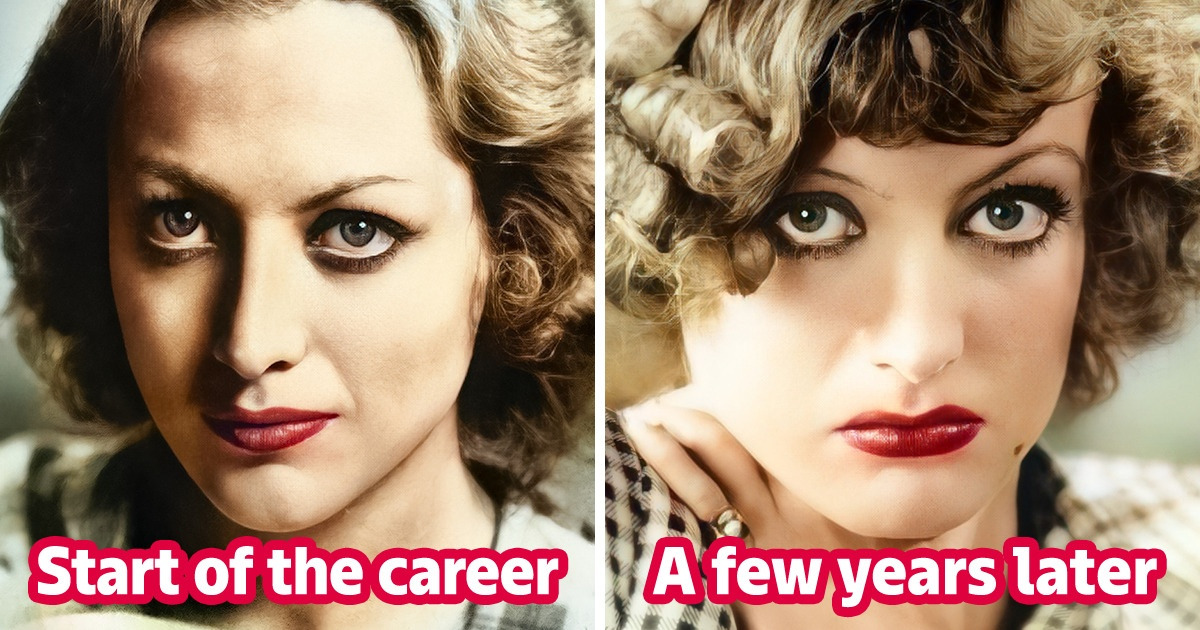
When you look at the celebrities of old Hollywood, it seems that their lives were a fairy tale: incredibly popular, millions of fans, photoshoots for popular magazines, and appearing in iconic movies. But if you learn a little bit more, and read the stars’ biographies, the stories of actors and actresses of the time, it’s actually pretty scary to find out what such a life cost them.
We at CHEERY have looked through the pages of cinema history and came across some really weird and even wild facts about the lives of stars in old Hollywood.
Some actors were forced to hide their origin.
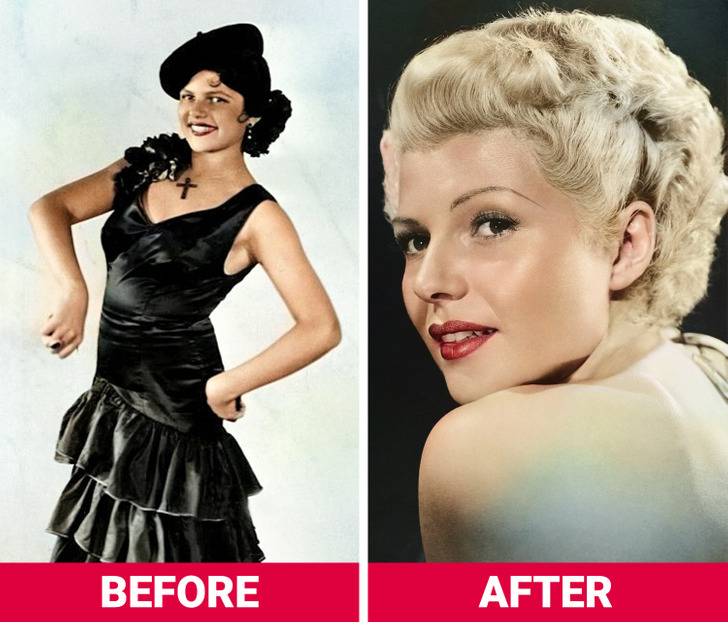
Nowadays, you can see all types of actresses in Hollywood: plump and slim, tall and short, blonde and dark-haired. But in the past, movie studios would tell stars what to look like, and they would set the standards.
In order for actress Margarita Cansino to be invited to movies, she had to hide her Hispanic ethnicity. She took her mother’s Irish last name Hayworth and shortened her name to Rita. And after that, she changed her appearance radically: she dyed her hair from dark to dark-red, later to platinum blonde, and had electrolysis to raise her hairline and broaden the appearance of her forehead. This is how she looked more “American.”
Actresses would go to great lengths in the name of beauty.
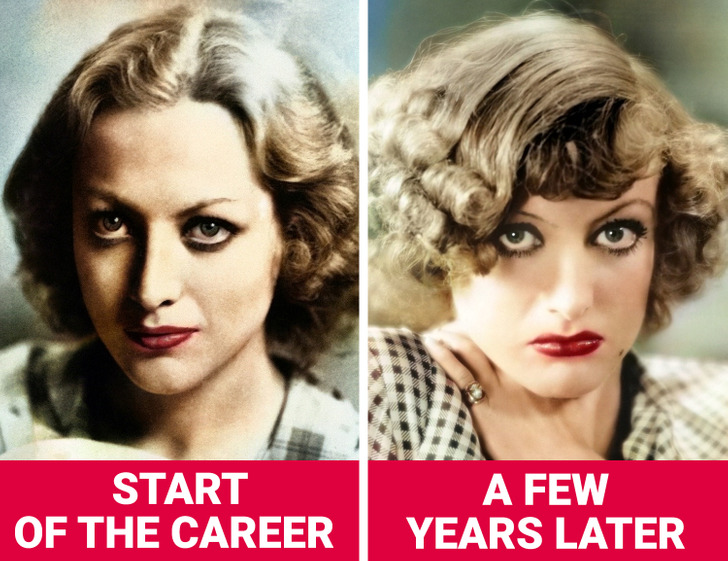
Hollywood actresses would often do plastic surgeries to achieve a perfect appearance. Joan Crawford would thank doctors for her lip shape and cheekbones. She had several back teeth removed. Unfortunately, it led to gum problems, and Crawford got another bonus — a larger upper lip that later became her calling card.
Stars were supposed to be perfect.
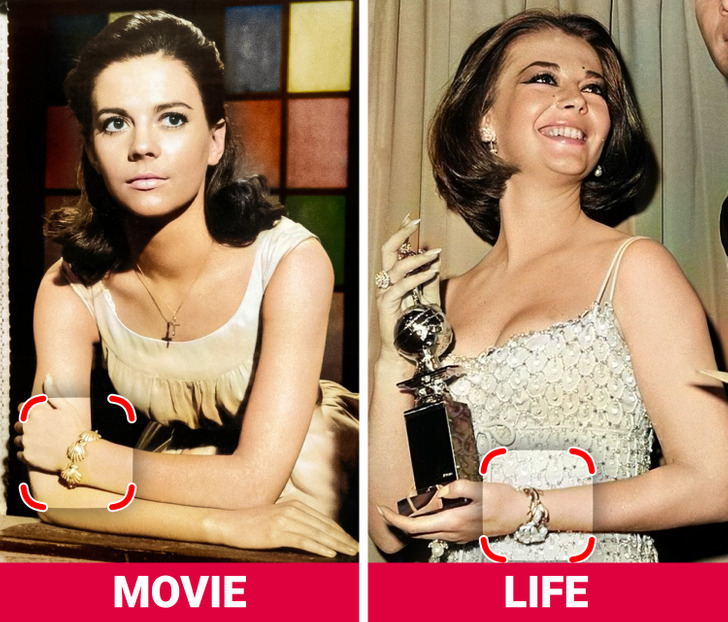
Movie studios would put in a lot of work to create a perfect image of stars for the public. They could stop any scandal and start any rumor. But the actors and actresses also had to be perfect.
On the set of The Green Promise, the set broke down under Natalie Wood. The actress fell and broke her arm which never healed properly. She thought that ugly wrist ruined her entire look. So, Natalie would hide it under bracelets that she wore both in movies and in her real life.
Actresses couldn’t appear in public without makeup.
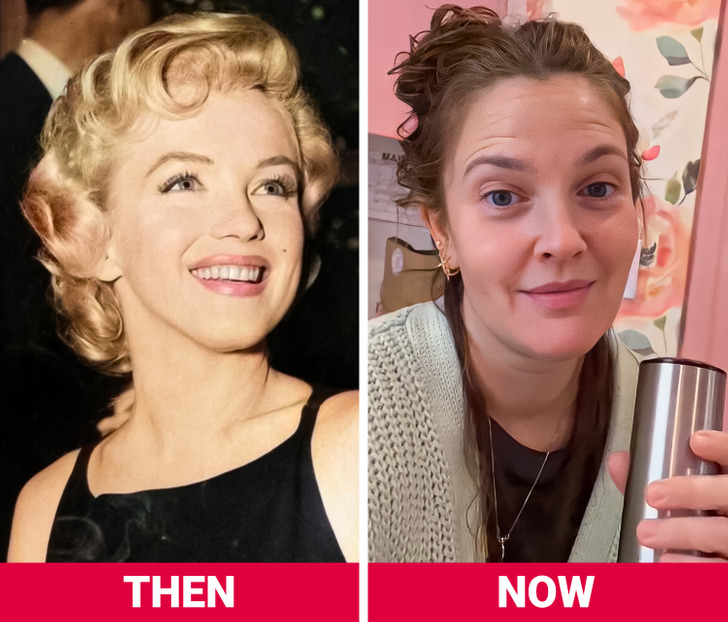
Today, when we have social media, stars to be as down-to-earth as possible. They share their home photos, appear in public without makeup, wear casual clothes. In the old Hollywood, there was no place for something like this. Actresses couldn’t appear anywhere without makeup or unkempt hair. Joan Crawford, Audrey Hepburn, or Marilyn Monroe — all of them were supposed to look perfect.
Movie studios would tactlessly intervene in the stars’ personal lives.
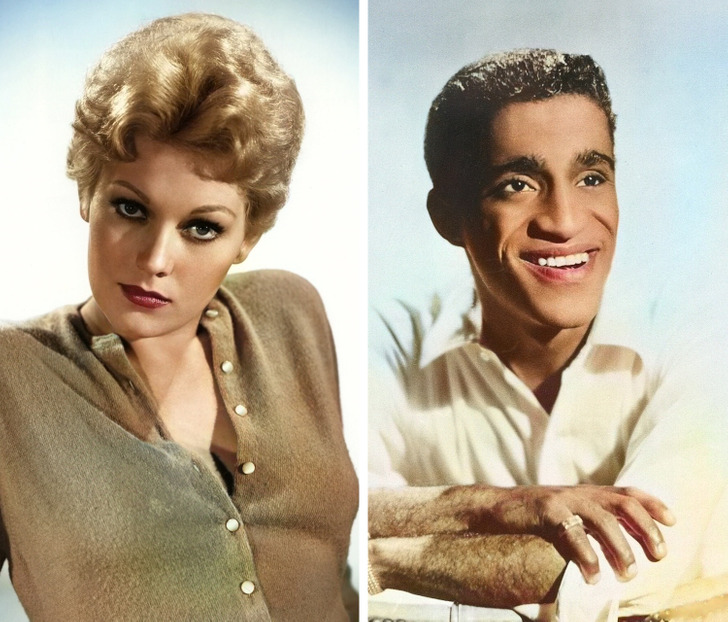
Kim Novak was already a star — she was in Hitchcock’s Vertigo. But she didn’t have the right to choose her life partner. In 1957, she fell madly in love with musician Sammy Davis, Jr., and it was mutual.
But the head of Columbia Pictures Harry Cohn intervened. He was a tough boss that nobody wanted to cross. Cohn told the musician that this romance would cost him his life, and made him marry another woman in a haste. This was the end of the love story of Novak and Davis.
Beauty was more important than talent.
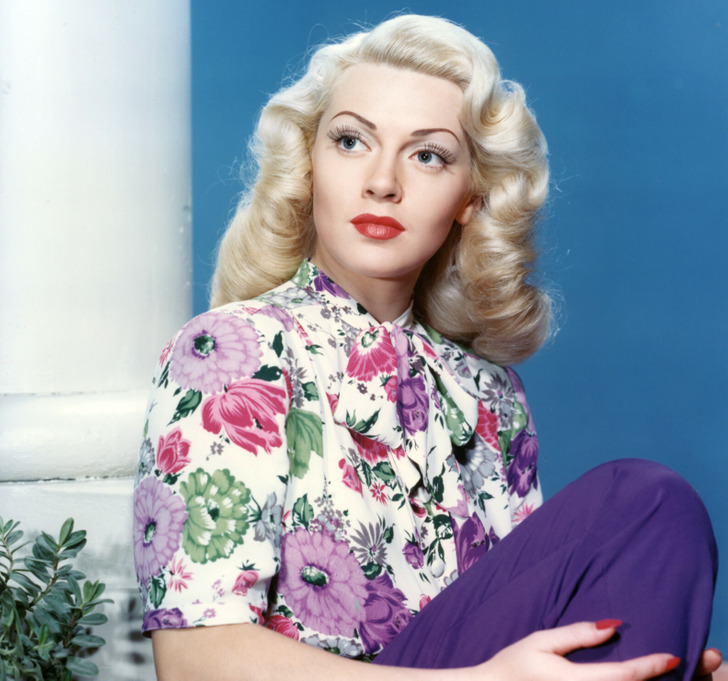
Filmmakers found 15-year-old Lana Turner right on the street when she was drinking soda. They were stunned by their beauty, and they offered her a contract without any auditions. Her very first film was a breakthrough. The studio made the right bet: she didn’t have to be a good actress. It took just a look at her for the viewers (she didn’t even have any lines in the film) to fall in love with her.
Makeup would sometimes be dangerous for health.
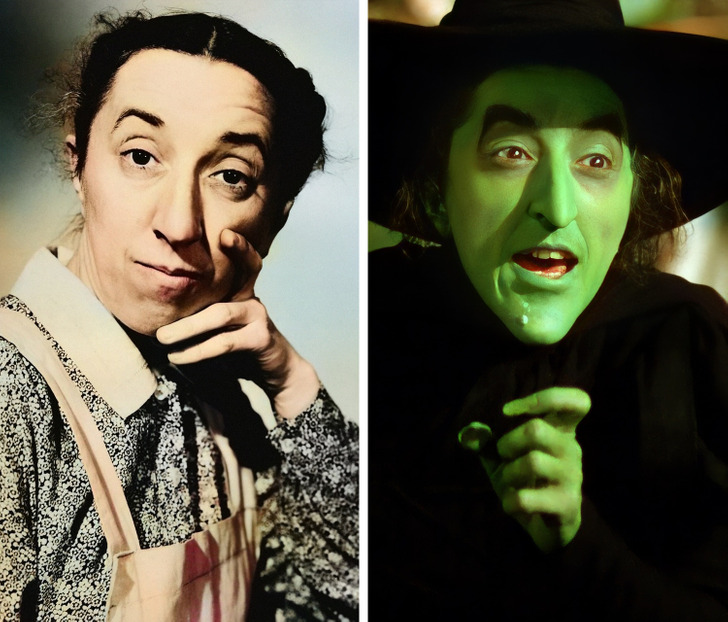
It was a big challenge to show magic on the screen in the 1930s. Filmmakers would do all sorts of experiments with special effects and makeup. The latter was actually very troublesome.
In The Wizard of Oz, Margaret Hamilton played the Wicked With of the West. To achieve the green color of her skin, her makeup contained copper. So, she had a skin burn. And she wasn’t the only one that was hurt by the makeup on that set. Buddy Ebsen and Jack Haley were also hurt.
It was up to the studio whether a star would have a vacation or not.
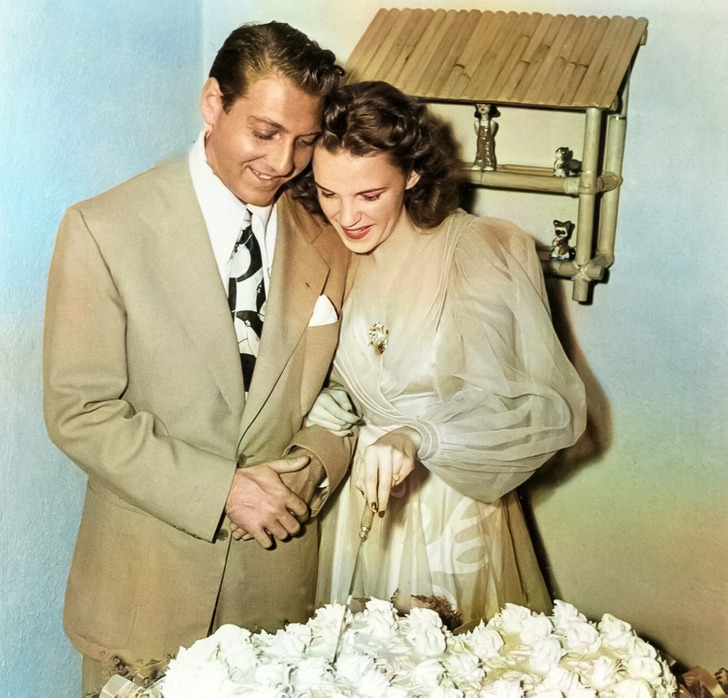
Hollywood was so good at creating the magic images of the stars that millions of viewers dreamed of living such a life. But few of them knew that the actors would literally live on the sets. Besides, the studios would decide when actors would take a vacation and how long it would last.
A great example was when Judy Garland married composer David Rose, the movie studio made her return back to work 24 hours after the wedding.
Actors would do a non-existing accent.
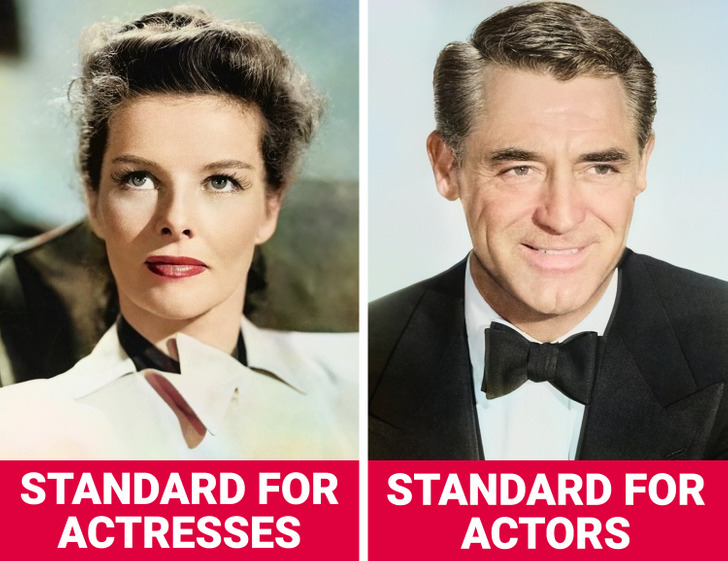
In many movies of old Hollywood, you can hear characters speak with a weird accent. It was called Mid-Atlantic English. It’s a hybrid of Britain’s Received Pronunciation and standard American English. Filmmakers would make actors speak it. Katharine Hepburn and Cary Grant were the standards of the accent. Only after World War II, actors were allowed to speak without a fake accent.
Actors and actresses had the right to sell their Oscar Awards.
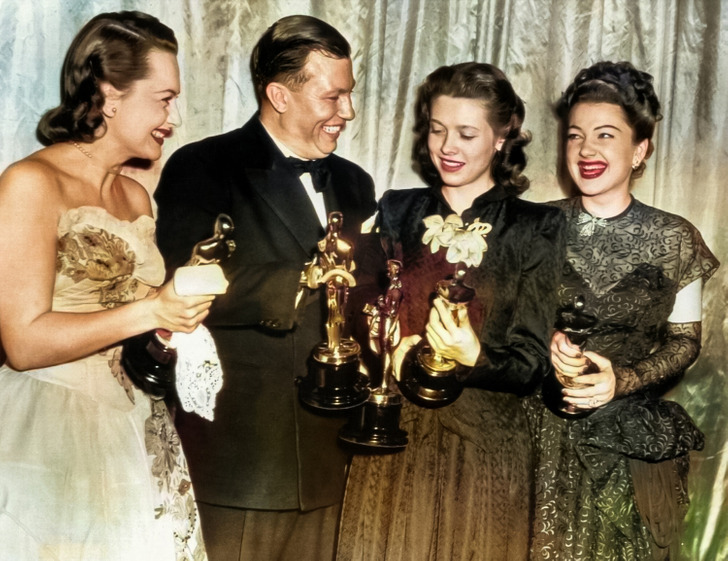
For his role in The Best Years of Our Lives, Harold Russell won 2 Oscar Awards. And when his family was in financial trouble (his wife got sick), he sold one of the awards without hesitation. He managed to earn $55,000. He explained his decision, “I love the Oscar, but I love my wife more.”
By the way, in 1950, the Academy officially prohibited selling Oscars. Russel only did it because he got his Award in 1947.
Movie studios didn’t care about actors’ and actresses’ phobias.
The comedy movie Two for the Road became a classic of world cinema. But Audrey Hepburn remembered this movie, not because of its success. The actress was terrified of swimming, but the director needed the character to be pushed into the pool. Small comfort for Audrey was that there were divers nearby. But the star managed to show her talent and was smiling in the water as if she was really enjoying it.
By the way, director Stanley Donen didn’t care much that Hepburn was extremely shy about being nude in the film. But he insisted and the scenes were shot. And the actress didn’t have to survive the stress because the scenes were deleted from the final version of the film.
Actresses’ body parts were insured.
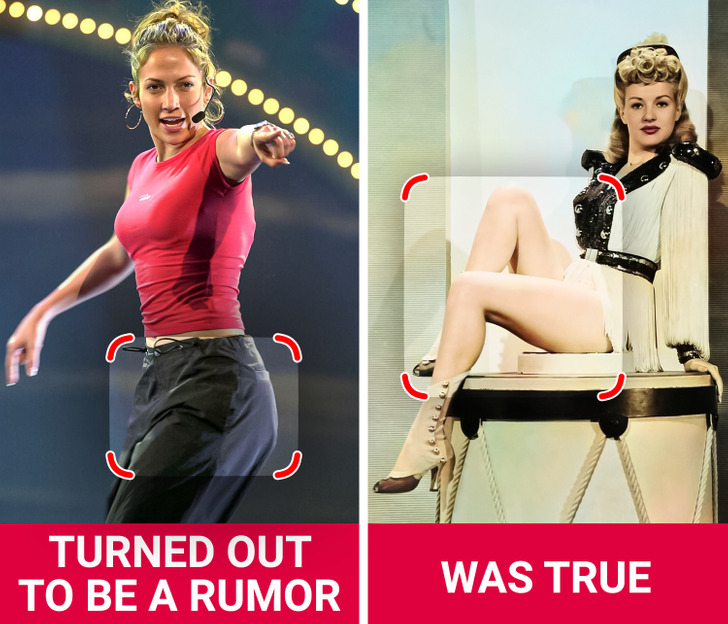
In the 2000s, there was a very popular rumor that Jennifer Lopez insured her butt for $27 million. A lot of time later, the star said it was fake. But history knows real examples when people insured their body parts.
The legs of the pin-up girl Betty Grable were considered perfect in Hollywood, and the manufacturers of stockings worshiped them. So, the studio decided to use it and insured her legs for $1 million. It’s a lot of money today, but back then, it was absolutely insane. There were posters that said “Million Dollar Legs”. And Bette Davis’ waistline was insured to motivate her not to gain weight.
Actors could do their own makeup.
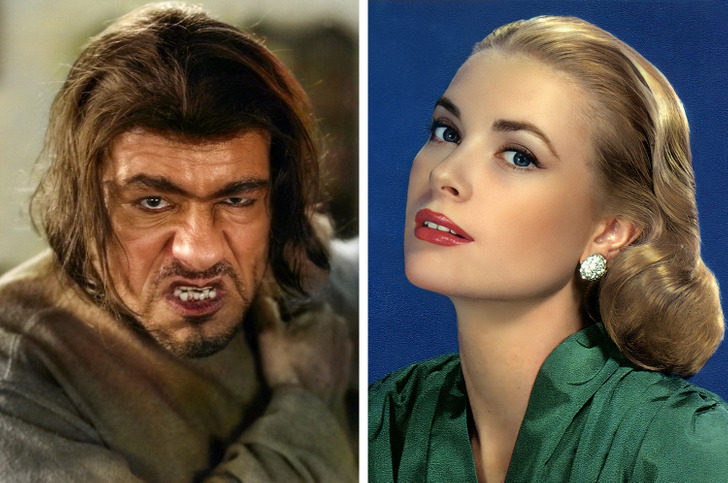
Today, it’s hard to imagine a superstar actor that would do their own makeup. But in old Hollywood, it was quite acceptable. For example, Lon Chaney was known as a man of thousand faces. He did his own makeup, creating the most peculiar characters. His most iconic roles were in Hunchback of Notre Dame and The Phantom of the Opera.
The future princess of Monaco Grace Kelly also did her own makeup. The actress would contour with two different shades of blush.
Movie studios would force gay actors get married.
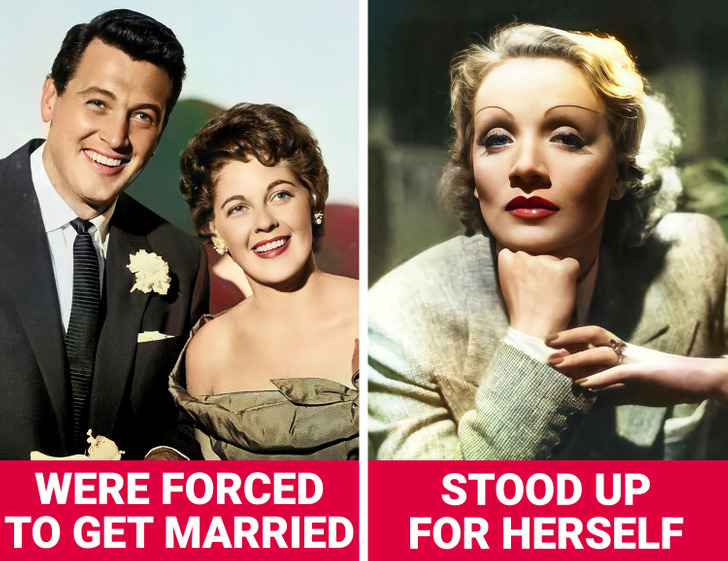
Big studios of old Hollywood would make actors and actresses follow the so-called moral clauses. It was a set of things that could damage the image of a star or a studio. Gay relationships were one of the rules that couldn’t have been broken. So, Rock Hudson was forced to marry Phyllis Gates to hide his orientation. Such weddings were called lavender marriages.
Other stars that were forced to get married were Judy Garland and Vincente Minnelli, Danny Kaye and Sylvia Fine, Barbara Stanwyck, and Robert Taylor. A rare example of a star that managed to win her right to be herself was Marlene Dietrich.
Which of these things, do you think, would be absolutely shocking for today’s stars?